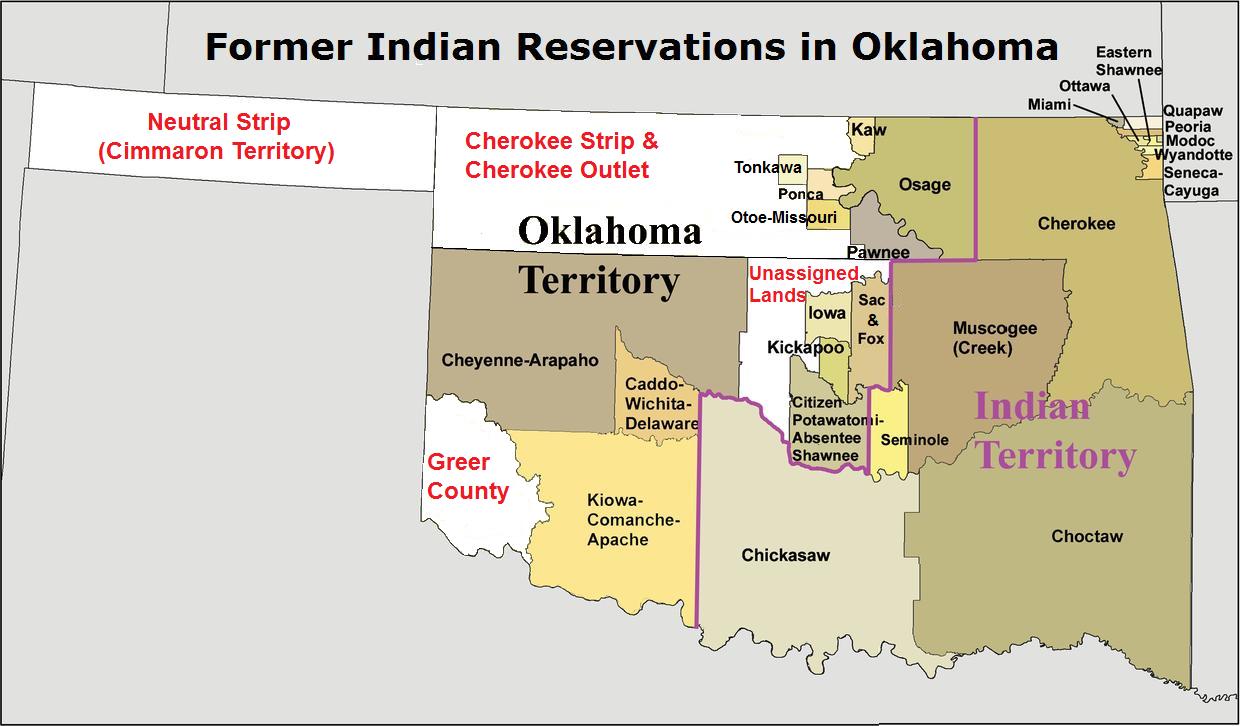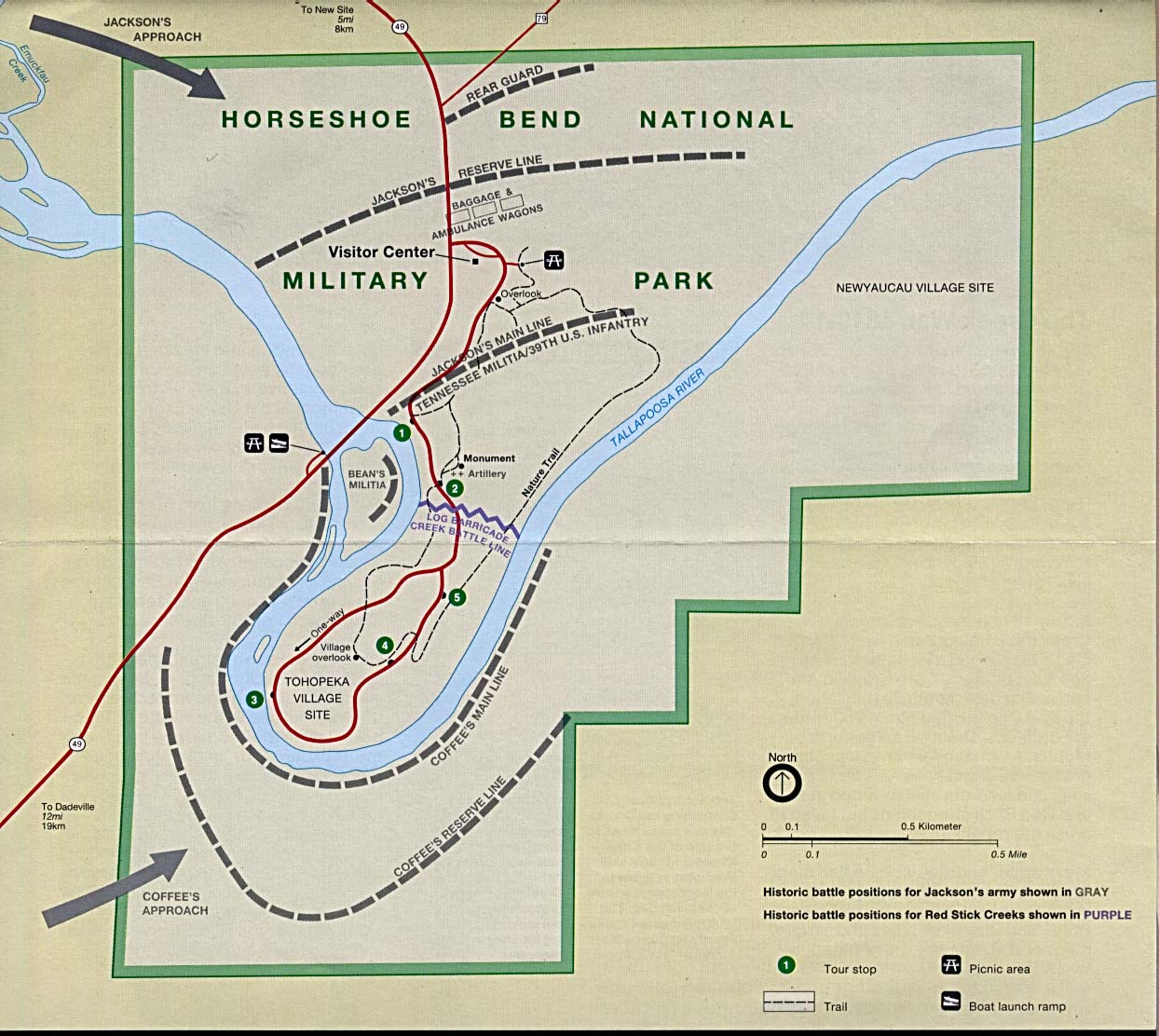|
Tahlequah
Tahlequah ( ; , ) is a city in Cherokee County, Oklahoma located at the foothills of the Ozark Mountains. It is part of the Green Country region of Oklahoma and was established as a capital of the 19th-century Cherokee Nation in 1839, as part of the new settlement in Indian Territory after the Cherokee Native Americans were forced west from the American Southeast on the Trail of Tears. The city's population was 15,753 at the 2010 census, an increase of 8.96 percent over the figure of 14,458 reported in 2000. The 2019 estimated population is 16,819. Tahlequah is the capital of the two federally recognized Cherokee tribes based in Oklahoma, the modern Cherokee Nation and the United Keetoowah Band of Cherokee Indians. Tahlequah is also the county seat of Cherokee County. The main campus of Northeastern State University is located in the city. History Background Tahlonteeskee was the first established governmental capital of any kind in what was to become Oklahoma. [...More Info...] [...Related Items...] OR: [Wikipedia] [Google] [Baidu] |
Cherokee County, Oklahoma
Cherokee County is a County (United States), county located in the U.S. state of Oklahoma. As of the 2020 United States census, 2020 census, the population was 47,078. Its county seat is Tahlequah, Oklahoma, Tahlequah, which is also the capital of the Cherokee Nation.Burnett, Amanda"Cherokee County,"''Encyclopedia of Oklahoma History and Culture'', 2009. Accessed March 28, 2015. Cherokee County comprises the Tahlequah, OK Micropolitan Statistical Area, micropolitan statistical area. History According to a historian, Cherokee County was established in 1907. However, the ''Encyclopedia of Oklahoma History and Culture'', states that it was created from the Tahlequah District of the Cherokee Nation in 1906. The Cherokee moved to this area as a result of the forced relocation brought about by the Indian Removal Act of 1830, also known as Trail Of Tears. The first significant settlements were at the site of Park Hill, Oklahoma, Park Hill, where there was already a mission communi ... [...More Info...] [...Related Items...] OR: [Wikipedia] [Google] [Baidu] |
Cherokee Nation (19th Century)
The Cherokee Nation ( or ) is the largest of three federally recognized tribes of Cherokees in the United States. It includes people descended from members of the Old Cherokee Nation who relocated, due to increasing pressure, from the Southeast to Indian Territory and Cherokees who were forced to relocate on the Trail of Tears. The tribe also includes descendants of Cherokee Freedmen and Natchez Nation. As of 2024, over 466,000 people were enrolled in the Cherokee Nation. Headquartered in Tahlequah, Oklahoma, the Cherokee Nation has a reservation spanning 14 counties in the northeastern corner of Oklahoma. These are Adair, Cherokee, Craig, Delaware, Mayes, McIntosh, Muskogee, Nowata, Ottawa, Rogers, Sequoyah, Tulsa, Wagoner, and Washington counties. History Late 18th century through 1907 After Cherokee removal on the Trail of Tears, the Cherokee Nation existed in Indian Territory. After the American Civil War, the United States promised the Cherokee Nation "a p ... [...More Info...] [...Related Items...] OR: [Wikipedia] [Google] [Baidu] |
Cherokee Nation
The Cherokee Nation ( or ) is the largest of three list of federally recognized tribes, federally recognized tribes of Cherokees in the United States. It includes people descended from members of the Cherokee Nation (1794–1907), Old Cherokee Nation who relocated, due to increasing pressure, from the Southeast to Indian Territory and Cherokees who were forced to relocate on the Trail of Tears. The tribe also includes descendants of Cherokee Freedmen and Natchez Nation. As of 2024, over 466,000 people were enrolled in the Cherokee Nation. Headquartered in Tahlequah, Oklahoma, the Cherokee Nation has a Indian reservation, reservation spanning 14 counties in the northeastern corner of Oklahoma. These are Adair County, Oklahoma, Adair, Cherokee County, Oklahoma, Cherokee, Craig County, Oklahoma, Craig, Delaware County, Oklahoma, Delaware, Mayes County, Oklahoma, Mayes, McIntosh County, Oklahoma, McIntosh, Muskogee County, Oklahoma, Muskogee, Nowata County, Oklahoma, Nowata, Ottaw ... [...More Info...] [...Related Items...] OR: [Wikipedia] [Google] [Baidu] |
Northeastern State University
Northeastern State University (NSU) is a public university with its main campus in Tahlequah, Oklahoma. The university also has two other campuses in Muskogee and Broken Arrow as well as online. Northeastern is the oldest institution of higher learning in the state of Oklahoma as well as one of the oldest institutions of higher learning west of the Mississippi River. Tahlequah is home to the capital of the Cherokee Nation and about 25 percent of the students at NSU identify themselves as American Indian.Agnew, Brad. ''Encyclopedia of Oklahoma History and Culture''. "Northeastern State University The university has many courses focused on Native American linguistics, and offers Cherokee language Education as a major. Cherokee can be studied as a second language, and some classes are taught in Cherokee for first language speakers as well. History On May 7, 1851, the Cherokee Nation founded the Cherokee National Female Seminary at Tahlequah, the same year that it opened a male ... [...More Info...] [...Related Items...] OR: [Wikipedia] [Google] [Baidu] |
United Keetoowah Band Of Cherokee Indians
The United Keetoowah Band of Cherokee Indians in Oklahoma ( or , abbreviated United Keetoowah Band or UKB) is a federally recognized tribe of Cherokee Native Americans headquartered in Tahlequah, Oklahoma. According to the UKB website, its members are mostly descendants of "Old Settlers" or "Western Cherokees," those Cherokees who migrated from the Southeast to present-day Arkansas and Oklahoma around 1817. Some reports estimate that Old Settlers began migrating west by 1800, before the forced relocation of Cherokees by the United States in the late 1830s under the Indian Removal Act. Although politically the UKB is not associated with the Trail of Tears, many of the members have direct ancestors who completed the journey in 1838-39. Government Today the UKB has over 14,300 members, with 13,300 living within the state of Oklahoma. Joe Bunch is the current Chief. Assistant Chief is Jeff Wacoche. Joyce Fourkiller-Hawk serves as the tribal Secretary and Sonja Ummerteskee Gourd ... [...More Info...] [...Related Items...] OR: [Wikipedia] [Google] [Baidu] |
Cherokee
The Cherokee (; , or ) people are one of the Indigenous peoples of the Southeastern Woodlands of the United States. Prior to the 18th century, they were concentrated in their homelands, in towns along river valleys of what is now southwestern North Carolina, southeastern Tennessee, southwestern Virginia, edges of western South Carolina, northern Georgia (U.S. state), Georgia and northeastern Alabama with hunting grounds in Kentucky, together consisting of around 40,000 square miles. The Cherokee language is part of the Iroquoian languages, Iroquoian language group. In the 19th century, James Mooney, an early American Ethnography, ethnographer, recorded one oral tradition that told of the Tribe (Native American), tribe having migrated south in ancient times from the Great Lakes region, where other Iroquoian Peoples, Iroquoian peoples have been based. However, anthropologist Thomas R. Whyte, writing in 2007, dated the split among the peoples as occurring earlier. He believes that ... [...More Info...] [...Related Items...] OR: [Wikipedia] [Google] [Baidu] |
Native Americans In The United States
Native Americans (also called American Indians, First Americans, or Indigenous Americans) are the Indigenous peoples of the Americas, Indigenous peoples of the United States, particularly of the Contiguous United States, lower 48 states and Alaska. They may also include any Americans whose origins lie in any of the indigenous peoples of North or South America. The United States Census Bureau publishes data about "American Indians and Alaska Natives", whom it defines as anyone "having origins in any of the original peoples of North and South America ... and who maintains tribal affiliation or community attachment". The census does not, however, enumerate "Native Americans" as such, noting that the latter term can encompass a broader set of groups, e.g. Native Hawaiians, which it tabulates separately. The European colonization of the Americas from 1492 resulted in a Population history of Indigenous peoples of the Americas, precipitous decline in the size of the Native American ... [...More Info...] [...Related Items...] OR: [Wikipedia] [Google] [Baidu] |
Oklahoma
Oklahoma ( ; Choctaw language, Choctaw: , ) is a landlocked U.S. state, state in the South Central United States, South Central region of the United States. It borders Texas to the south and west, Kansas to the north, Missouri to the northeast, Arkansas to the east, New Mexico to the west, and Colorado to the northwest. Partially in the western extreme of the Upland South, it is the List of U.S. states and territories by area, 20th-most extensive and the List of U.S. states and territories by population, 28th-most populous of the 50 United States. Its residents are known as Oklahomans and its capital and largest city is Oklahoma City. The state's name is derived from the Choctaw language, Choctaw words , 'people' and , which translates as 'red'. Oklahoma is also known informally by its List of U.S. state and territory nicknames, nickname, "The Sooner State", in reference to the Sooners, American pioneer, American settlers who staked their claims in formerly American Indian-o ... [...More Info...] [...Related Items...] OR: [Wikipedia] [Google] [Baidu] |
Sequoyah
Sequoyah ( ; , , or , , ; 1770 – August 1843), also known as George Gist or George Guess, was a Native American polymath and Constructed script, neographer of the Cherokee Nation. In 1821, Sequoyah completed his Cherokee syllabary, enabling reading and writing in the Cherokee language. One of the first North American Indigenous groups to gain a written language, the Cherokee Nation officially adopted the syllabary in 1825, helping to unify a forcibly divided nation with new ways of communication and a sense of independence. Within a quarter-century, the Cherokee Nation had reached a literacy rate of almost 100%, surpassing that of surrounding European Americans, European-American settlers. Sequoyah's creation of the Cherokee syllabary is among the few times in recorded history that an individual member of a pre-literate group created an original, effective writing system. It is believed to have inspired the development of 21 scripts or writing systems used in 65 languages ... [...More Info...] [...Related Items...] OR: [Wikipedia] [Google] [Baidu] |
Area Codes 539 And 918
Area codes 918 and 539 are telephone overlay complex, overlay area codes in the North American Numbering Plan for the northeast of Oklahoma, including the city of Tulsa, Oklahoma, Tulsa. The numbering plan area also comprises Bartlesville, Oklahoma, Bartlesville, Broken Arrow, Oklahoma, Broken Arrow, Claremore, Oklahoma, Claremore, Gore, Oklahoma, Gore, Jenks, Oklahoma, Jenks, McAlester, Oklahoma, McAlester, Muskogee, Oklahoma, Muskogee, Okmulgee, Oklahoma, Okmulgee, Pryor, Oklahoma, Pryor, Sapulpa, Oklahoma, Sapulpa, Tahlequah, Oklahoma, Tahlequah. Area code 918 was created in 1953 in an area code split of area code 405, 405. Area code 539 was added to the numbering plan area on April 1, 2011. Mandatory ten-digit dialing became effective on March 5, 2011. It is the first overlay in Oklahoma. Service area Below is a full list of all towns and cities in the numbering plan area. * Adair, Oklahoma, Adair * Afton, Oklahoma, Afton * Agra, Oklahoma, Agra * Albion, Oklahoma, Albion * ... [...More Info...] [...Related Items...] OR: [Wikipedia] [Google] [Baidu] |
Cherokee Syllabary
The Cherokee syllabary is a syllabary invented by Sequoyah in the late 1810s and early 1820s to write the Cherokee language. His creation of the syllabary is particularly noteworthy as he was illiterate until its creation. He first experimented with logograms, but his system later developed into the syllabary. In his system, each symbol represents a syllable rather than a single phoneme; the 85 (originally 86) characters provide a suitable method for writing Cherokee. The letters resemble characters from other scripts, such as Latin, Greek, Cyrillic, and Glagolitic, but are not used to represent the same sounds. History Early history Around 1809, impressed by the "talking leaves" of European written languages, Sequoyah began work to create a writing system for the Cherokee language. After attempting to create a character for each word, Sequoyah realized this would be too difficult and eventually created characters to represent syllables. He worked on the syllabary for tw ... [...More Info...] [...Related Items...] OR: [Wikipedia] [Google] [Baidu] |










